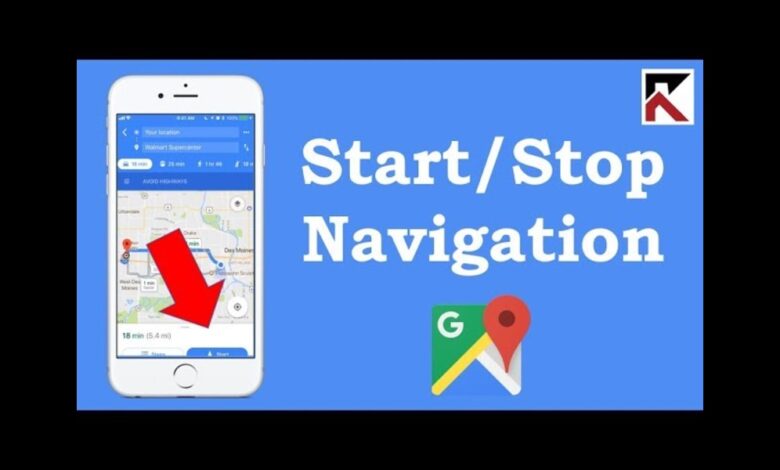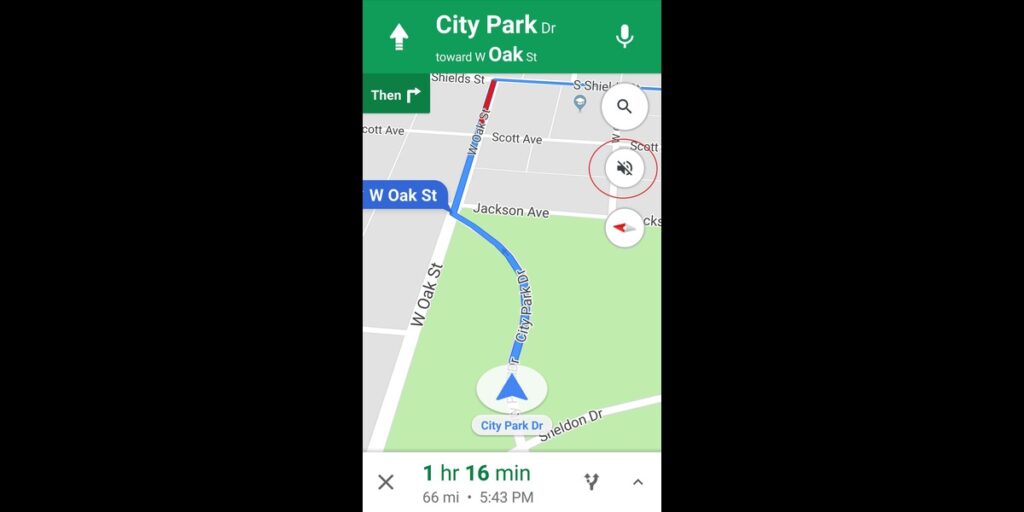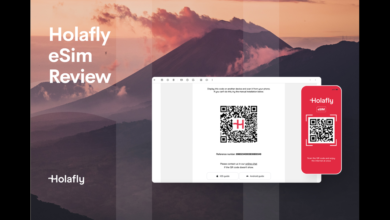Say Goodbye to High Bounce Rates with Effective Exit Navigation Strategies

The Impact of High Bounce Rates on Your Website
High bounce rates Exit Navigation can have a significant impact on your website’s performance. When visitors leave your site quickly without engaging further, it can signal to search engines that your content may not be relevant or valuable. This could result in lower rankings and decreased visibility in search results.
Moreover, high bounce rates can also affect your conversion rates. If users are bouncing off before taking any action, such as making a purchase or signing up for a newsletter, it directly impacts your business goals. It means potential leads slipping through the cracks and missed opportunities for growth.
Additionally, high bounce rates could indicate issues with user experience or site usability. If visitors find it challenging to navigate your site or locate the information they need, they’re more likely to leave without exploring further. This highlights the importance of optimizing both content and design to keep users engaged and interested in what you have to offer.
Common Reasons for High Bounce Rates
When visitors land on your website and immediately feel overwhelmed by cluttered design or slow loading times, they’re likely to hit the back button faster than you can say “bounce rate.”
Another common culprit for high bounce rates is irrelevant content. If users don’t find what they’re looking for within seconds, they’ll leave without a second thought.
Confusing navigation can also lead to frustrated users who opt to exit rather than spend time trying to figure out where to go next.
Pop-ups that appear too soon or are difficult to close can be major turn-offs for visitors, causing them to abandon ship before even getting a chance to explore your site further.
Understanding these common reasons for high bounce rates is crucial in developing effective strategies to keep visitors engaged and on your site longer.
Introducing Exit Navigation Strategies
Are you struggling to keep visitors on your website? Introducing exit navigation strategies could be the game-changer you need. By providing users with alternative options before they leave, you can encourage them to explore more of your content.
Exit pop-ups, sidebar widgets, and related post suggestions are just a few examples of effective exit navigation techniques. These subtle prompts can redirect attention and entice users to stay longer on your site.
Consider implementing an exit-intent popup that offers a discount code or free resource in exchange for an email sign-up. This not only reduces bounce rates but also helps grow your subscriber list for future engagement.
Personalizing exit navigation based on user behavior can further enhance its effectiveness. Analyzing data to understand why visitors are leaving can help tailor the strategy to address specific pain points or interests.
Experiment with different exit navigation tactics to see what resonates best with your audience and continuously refine your approach for optimal results.

Types of Exit Navigation Strategies to Implement
When it comes to reducing bounce rates on your website, implementing effective exit navigation strategies is key. There are several types of exit navigation techniques that you can incorporate to keep visitors engaged and on your site longer.
One popular option is the use of pop-ups or overlays that offer relevant content or promotions when a visitor shows signs of exiting. These can capture attention and entice users to explore further before leaving.
Another strategy is the inclusion of related post recommendations at the end of blog articles or product pages. By suggesting similar content, you can encourage visitors to continue browsing rather than exiting.
Additionally, utilizing interactive elements such as quizzes, polls, or surveys can provide an engaging experience for users right before they leave. This interactivity may pique their interest and lead them to stay longer on your site.
By incorporating a mix of these exit navigation strategies tailored to your website’s goals and audience, you can effectively reduce bounce rates and improve overall user engagement.
Measuring the Success of Your Exit Navigation Strategy
Measuring the success of your exit navigation strategy is crucial in determining its effectiveness. One way to gauge this is by analyzing the bounce rate after implementing your exit navigation tactics. If you notice a decrease in bounce rates and an increase in page views or time spent on site, it could indicate that your strategy is working well.
Another metric to consider is the click-through rate on your exit links. By tracking how many visitors are clicking on these links before leaving, you can assess if they are engaging with the additional content you’re offering them. Additionally, monitoring conversion rates for those who interact with your exit navigation can provide valuable insights into whether it’s leading to desired actions like sign-ups or purchases.
Utilizing tools like Google Analytics or heatmaps can also provide detailed data on user behavior when using exit navigation features. By continuously monitoring and analyzing these metrics, you can make informed decisions on tweaking and improving your strategy for better results over time.
Case Studies: How Brands Have Reduced Bounce Rates with Exit Navigation
Have you ever wondered how top brands successfully reduced their bounce rates with effective exit navigation strategies? Let’s delve into some intriguing case studies that showcase the power of strategic exits.
Brand A, a popular e-commerce retailer, implemented a personalized exit pop-up offering exclusive discounts to visitors about to leave their site. This resulted in a significant decrease in bounce rates and an increase in conversions.
Brand B, a leading news website, introduced related article recommendations at the end of each page to keep users engaged before they exited. This simple yet impactful strategy led to longer session durations and lower bounce rates.
Brand C, a travel booking platform, incorporated an interactive quiz on their exit pages to capture user interest and drive them towards relevant content. The result? A noticeable drop in bounce rates as users were enticed to explore more options before leaving the site.
These real-life examples highlight the effectiveness of tailored exit navigation tactics in retaining visitor engagement and reducing bounce rates for diverse industries.
Conclusion: The Importance of Continuously Improving Your Exit
As you can see, implementing effective exit navigation strategies is crucial in reducing high bounce rates and keeping visitors engaged on your website. By understanding the common reasons for high bounce rates and utilizing different types of exit navigation techniques, you can improve user experience and increase conversions.
Remember, it’s essential to continuously monitor and analyze the success of your exit navigation strategy. Through A/B testing, tracking metrics, and making adjustments based on performance data, you can optimize your exit navigation to better meet the needs of your visitors.
By prioritizing user engagement and providing clear pathways for users to explore more content or take desired actions before leaving your site, you can say goodbye to high bounce rates and hello to improved website performance. So start implementing these strategies today and watch as your bounce rates decrease while visitor retention and conversion rates soar!







